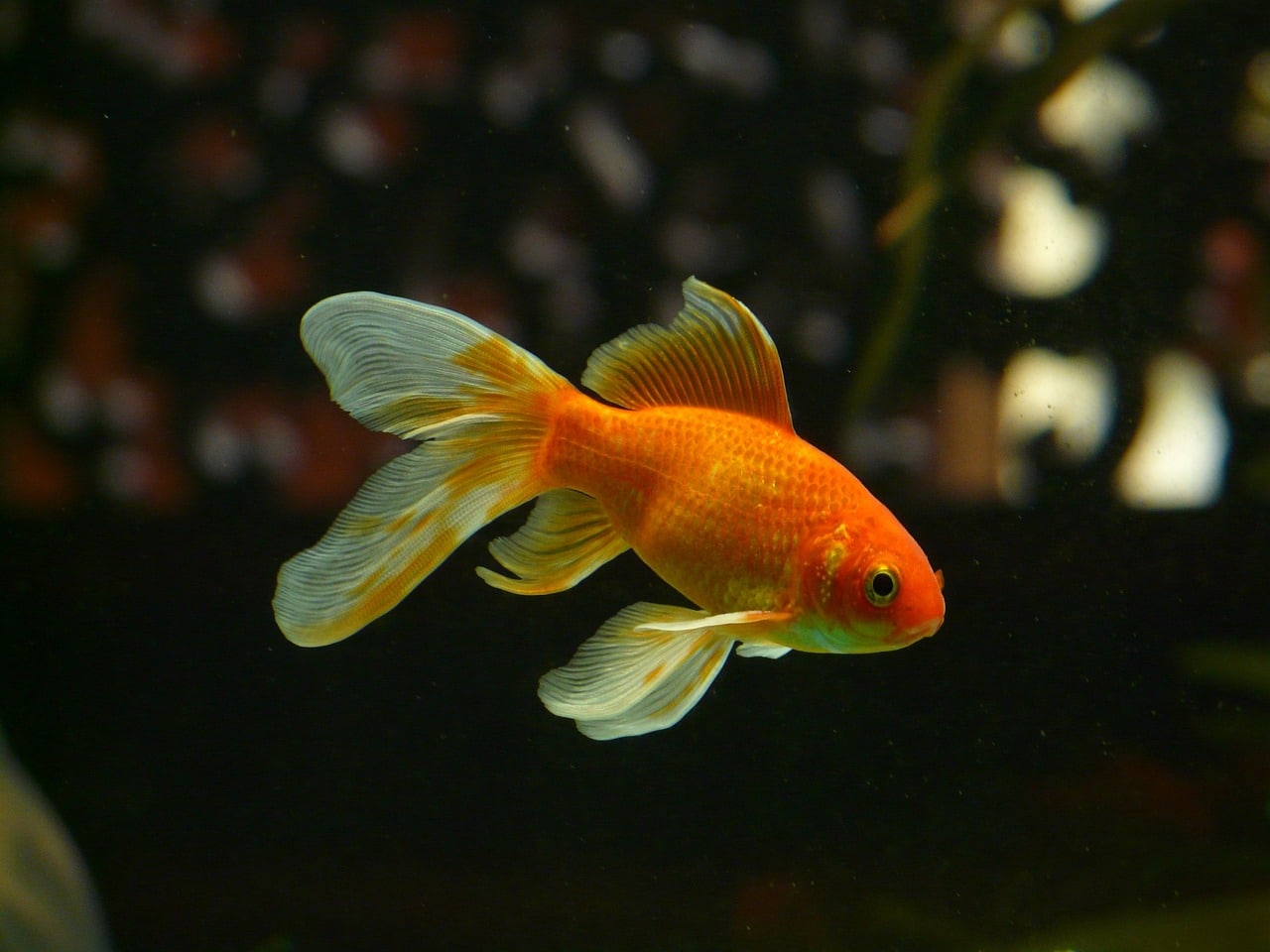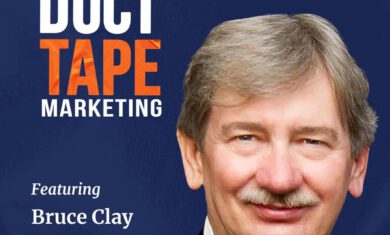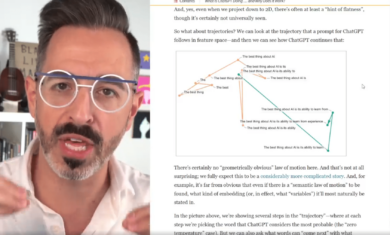Every few weeks I hear someone talking about marketing and how humans have a shorter attention span (8 seconds) than a goldfish (9 seconds). It comes up frequently, but frequency doesn’t equal accuracy.
In short, it’s just wrong. It spreads because it’s interesting and eye-opening, but it’s based on faulty (and often fabricated) data. Dr. Maria Panagiotidi digs deep into it here.
In short, there are two main problems:
- First, if your attention span is really just 8 seconds, you wouldn’t be reading this far into this post. You also wouldn’t watch movies, read books, or even be able to drive a car.
- Second, how do you accurately measure the attention span of a goldfish? There’s not an easy answer, but some studies have shown that their memory can actually be quite good.
We’re certainly drifting more into the quick hits world of TikTok and further from people reading long books, but it’s nowhere near as bad as the memes make it out to be. As Dr. K. R. Subramanian shares in this paper from a few years ago:
The idea of an “average attention span” is very much meaningless. It is task-dependent. How much attention we apply to a task varies depending on task demands.
Some things, like TikTok, encourage super short bursts of attention, but we also do things that require longer focus without much of a problem. We certainly tend to skim and bounce around more often than we have in the past, but if you produce compelling content people will stick around far longer than 8 seconds.




